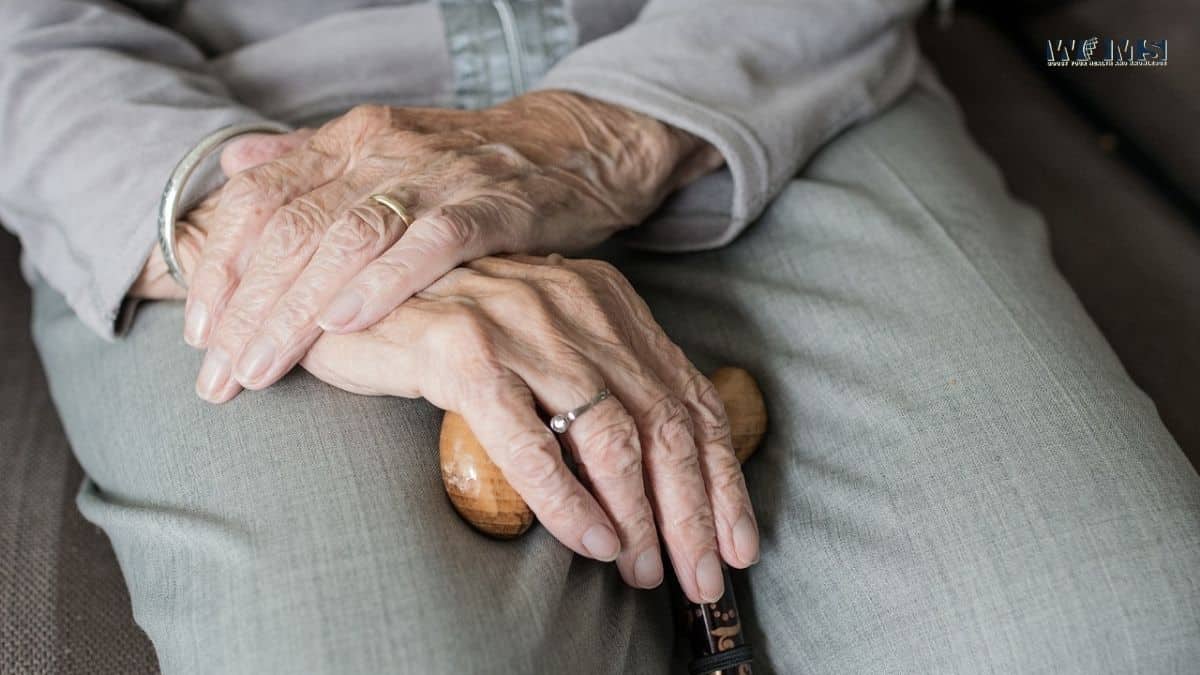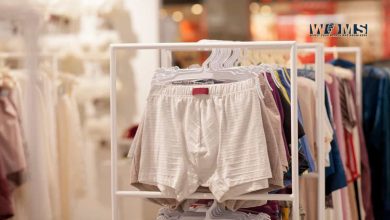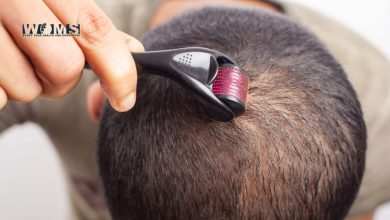What is the Ideal Place to Grow Old?

“I wanted to stay where I was,” said a grandfather to one of the researchers. He was a participant in a study about older adults and aging in place. “That’s where I was,” he explained. “That’s where my friends were… the groups I was attending were. Why would I want to move?”
Though he may just represent a single voice, his sentiment is echoed by many older adults. A new survey by the American Association of Retired Persons (AARP)[1] revealed that 77% of adults older than 50 prefer to grow old in their homes. Institutional care, while sometimes practical and necessary, may lack the emotional comfort that having your own home brings. In their own homes, they are able to maintain their independence, their autonomy, and have an open line of support from their loved ones. In policy, this is usually termed as “aging in place.”
Aging in place and frailty
Aging in place has been defined as “remaining to live in the community, with some level of independence, rather than in residential care.” It may mean staying by yourself in your own home, tending to the marigolds, and preparing food over the weekend. It can also mean living with an extended family in the neighborhood you grew up in. However, living on your own as an older adult is not as simple as it was for the younger folks. Specifically, frailty is a problem for older adults hoping to age in place.
When we say frailty, we are actually referring to a specific clinical syndrome that is characterized by greater vulnerability due to a decline in function across multiple domains. Old age can hamper one’s ability to take care of themselves and tolerate stressful events. A systematic review and meta analysis on this was done in 2019 and studied more than 120,000 older adults across 28 different countries. There, researchers found that there was a high risk of developing frailty in older adults who lived in their own homes. They estimated that this caused 43.4 new cases of frailty per 1000 person years.
Not only does frailty represent a decline in being able to take care of themselves and stay safe in their homes. It is also associated with more falls, more episodes of delirium, greater episodes of falls and incident disability, going to the hospital for these, having to undergo surgery, and all its costs. Sometimes, this can even lead to greater mortalities.
Older adults have a sense of this too. In the survey by AARP[1], as much as 34% of older adults understand that some things need to change before they can safely age in place. They might need to modify parts of their current home such as installing ramps or adding handlebars. Some of these may be major renovations.
But there are other smaller things we can do to ensure an older adult’s safety while aging in place.
Safety and Fall Risks
For older adults living in their own homes, falls are one of the most common causes of disability including fractures and traumatic brain injury. Around 30% of those who experience falls each year are over the age of 65. The number bumps up to 40% in those older than 85 years.
There are several risk factors for falls in older adults. Some are short-term and can be more easily fixed— such as updating those prescription glasses, installing handlebars, or picking up the grandchildren’s scattered toys. With older adults being more likely to have several chronic conditions, taking a lot of medications (especially those that work in the brain) may also increase the chances of falls. Best to take a trip to the physician to update and consolidate those medications.
Besides the obvious, balance impairments and reduced muscle strength is also another risk for falls. This makes sense, especially since older adults who can’t keep steady and don’t have the strength to catch themselves are likely to be vulnerable. One wrong indent in the flooring might trigger a fall event. While fixing this might not happen overnight, it certainly gives a good reason for why senior citizens should perform balance exercises.
In general, there is a high prevalence of social isolation among elderly people. For elderly people, usually, their children live elsewhere to take care of their own families. They may have few friends who regularly visit or may not be as fit as they used to be to go to someone else’s house themselves. This social isolation would, eventually, weigh heavily on a person’s mental and physical health. But with unavoidable responsibilities of our own, how do we take care of our older loved ones?
A review of studies done in 2016 saw that technology can help bridge the gap that isolation brings. Video Conferencing platforms, chats, and text messaging apps help in making them feel connected to the outside world. This also offers them a chance to gain social support, and stay connected with family members and friends. Said a participant, it made them “feel young” and “become one of the modern generations.”
It’s also with these technological platforms that, despite the distance, they can take on the role of being seniors in society. The review mentioned specifically that giving advice to the younger generation significantly affected an older person’s self-confidence.
The Day to Day Living
Lastly, an older adult who wishes to age in place should be able to do certain activities of daily living (ADLs) or at least have support in doing these. These activities encompass the necessary skills that are needed to take care of themselves. This would include being able to move from one place in the house to another; being able to feed themselves (physically in the meal table and preparing the food); being able to dress and bathe themselves.[2]
These may sound basic to us but aging can change a lot of things in a person’s physiology and ability to do things. Sometimes they come quietly like grandpa being unable to open a bag of chips by himself. Sometimes, for the sake of autonomy and independence, this may lead to unexpected accidents.[2]
For a lot of older adults, growing old in the home they’ve always known is ideal. It is familiar and it has become a part of them through the years. Still, we need to be assured that they can do this safely.




